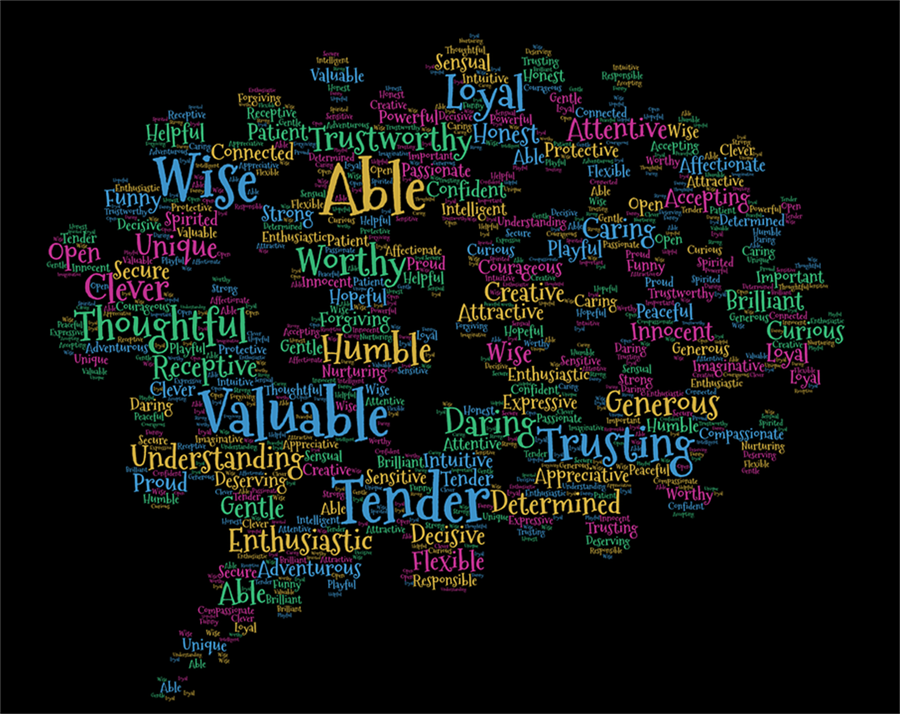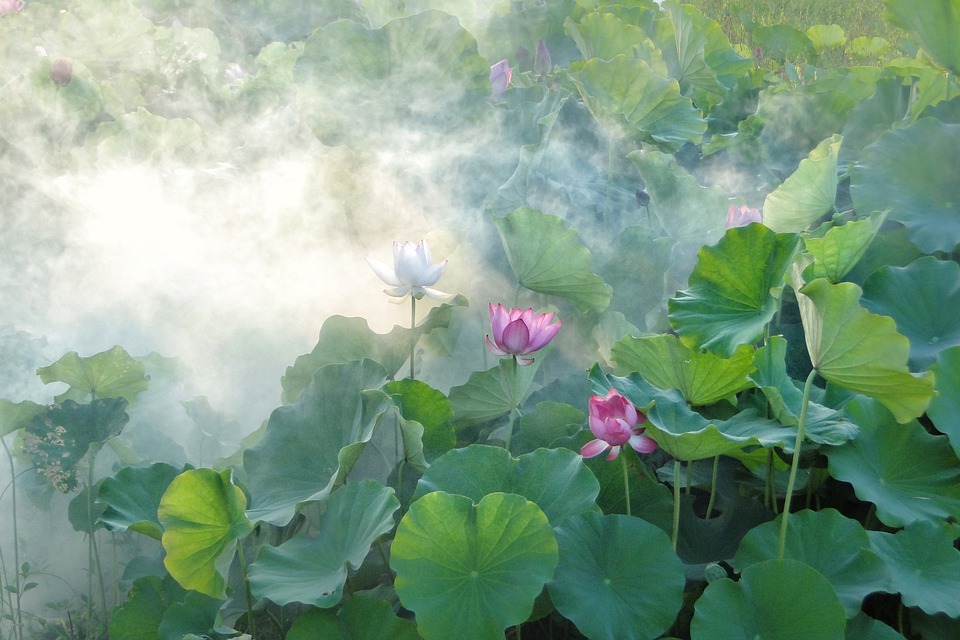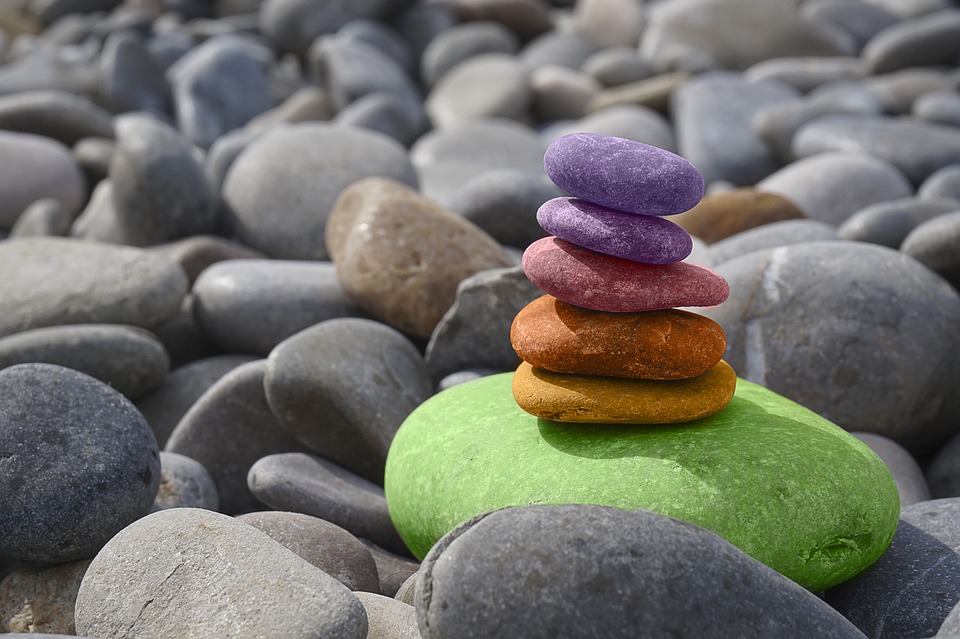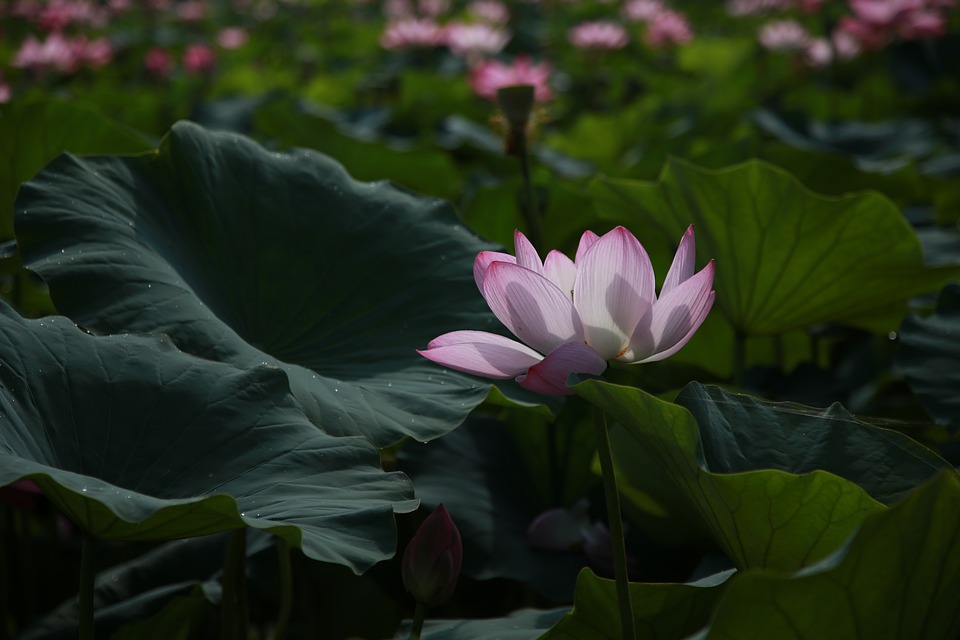USING ANCIENT WISDOM
Buddhist culture dates back more than two thousand five hundred years ago and is a universal and profound culture. Corporate culture has its origin in the research undertaken by several Harvard professors in the 1980’s and is a young culture with a history of around thirty years. Although they appear more than two thousand years apart, the two cultures can be very closely connected. If we are able to integrate both, the impact on the operations of a business as well as on the direction in our life can be surprisingly positive. This is because the wisdom of the Buddha brings light; the compassion of the Buddha warms the heart.
From a structural standpoint, corporate culture is comprised of four elements – product, organization, behavior, and ethics. Business ethics is the spiritual core of corporate culture; it is founded on the values of the corporation. The values of a corporation are critical to its survival and prospects.
In integrating Buddhist culture into corporate culture, it is not necessary for corporate executives to study the Buddhist teachings or become Buddhists. Having faith or not is unimportant. The objective is to apply the wisdom of the Buddha to managing and developing a business and to promoting the mental health of the employees. Actually, most of the Buddhist thoughts transcend the centuries in their greatness. Even after two thousand five hundred years, the teachings are still alive and indispensable to the spiritual well-being of people in the modern age.
~ Depicted from ARE YOU READY FOR HAPPINESS? : Buddhism and the Business World – Six Standards in a Corporate Culture











